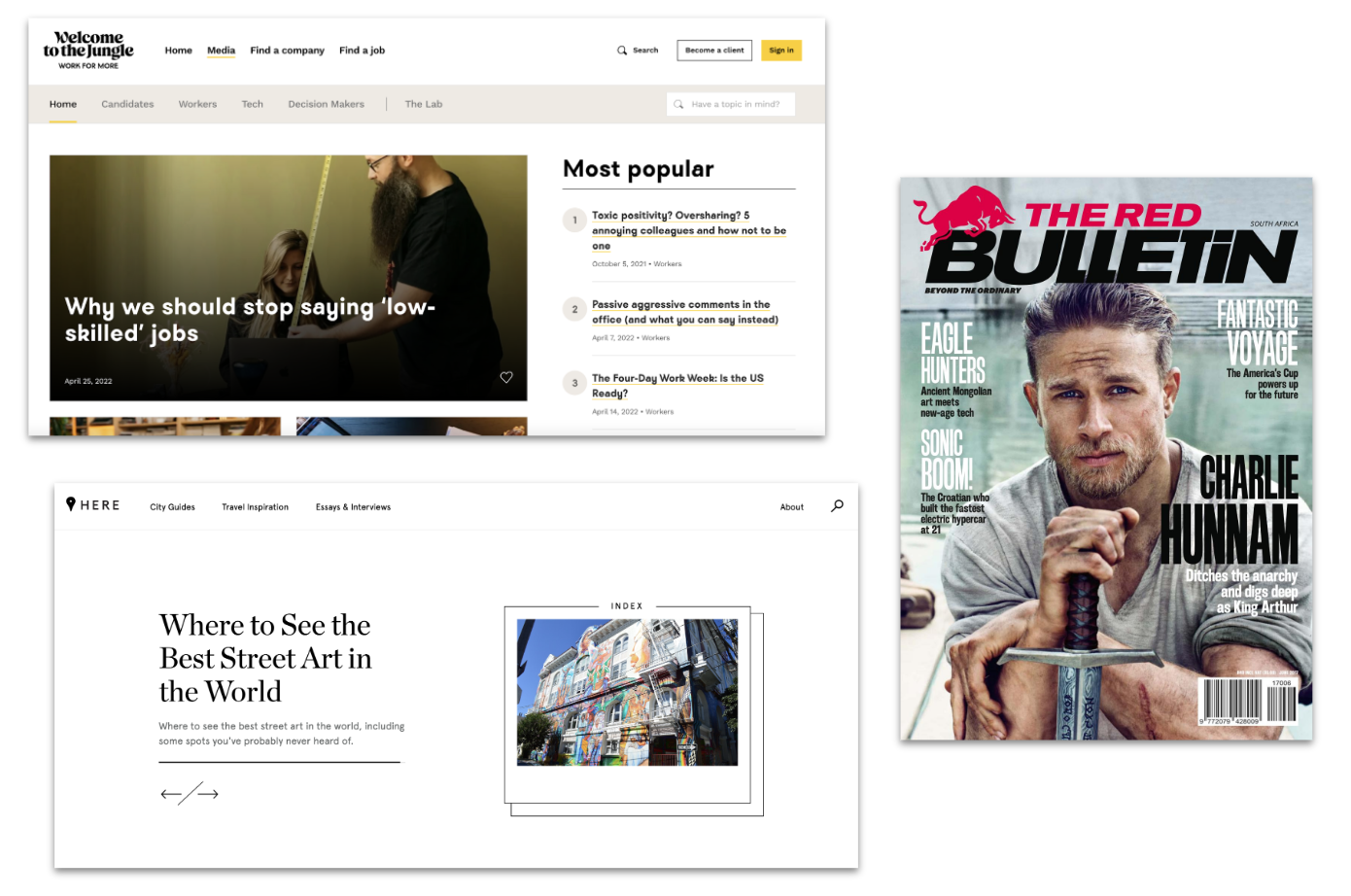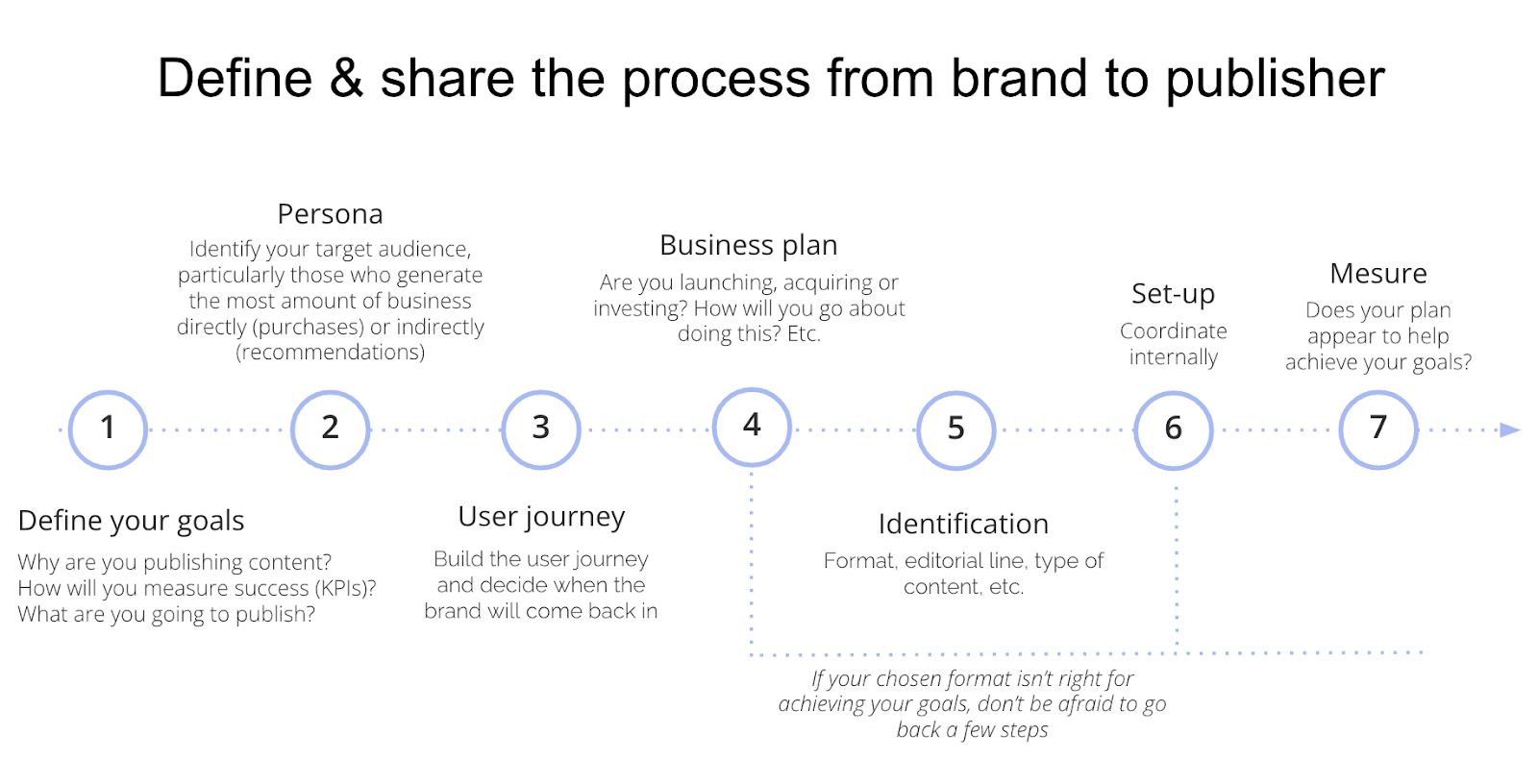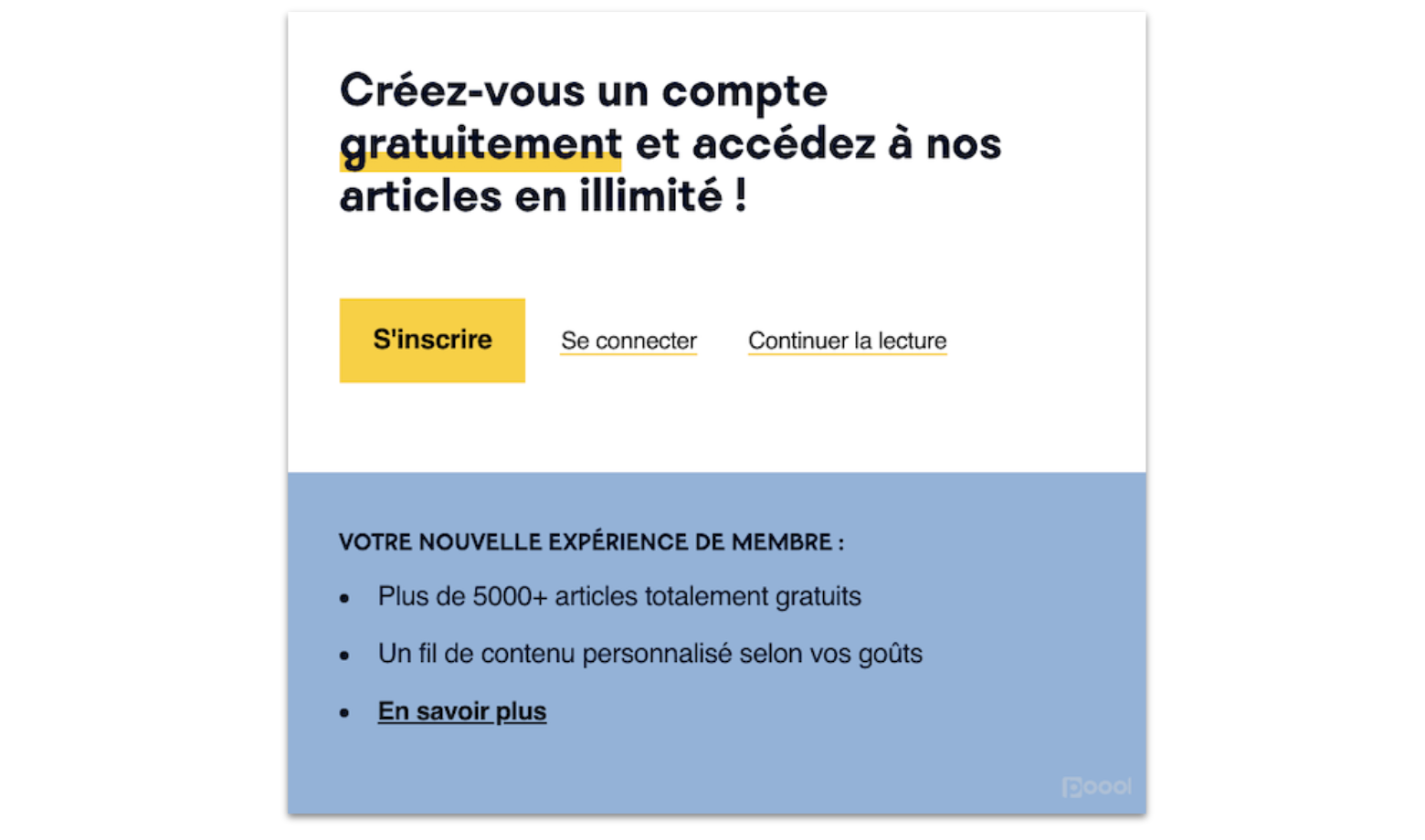

This article, wrapped up: - Increasingly more brands are either acquiring, investing in or launching their own media - Lead generation, increased revenue, providing a service and positioning themselves as experts are just some of the benefits of a brand publishing strategy - To succeed in brand publishing, we'd recommend clearly defining your goals and the value you're going to provide, ensuring you're brand agnostic and putting ARPU (over audience) as your north star KPI
Across the world, a trend is developing where brands are following in publisher’s footsteps to benefit from the power of content…
2017, Stripe acquired Indie Hackers
2019, Robinhood took over MarketSnacks and Digital Ocean acquired Scotch.io
2021, Zapier acquired Makerpad, and Hubspot acquired The Hustle
And it’s not only acquisitions, brands are also launching their own media independently…
Makeup.com by L’Oreal
Red Bull have their Red Bulletin
Away (the luggage brand) publish Here magazine
General Mills launched Tablespoon.com
And Welcome to the Jungle now publish content on life at work

What’s happening? Why is brand publishing growing in popularity? And how can brands succeed in the publishing industry?
How are brands becoming publishers?
There are 3 potential pathways from brand to publisher…
- A brand purchasing an existing media (such as Hubspot acquiring The Hustle)
- Equity investment (like Penn National Gaming initially did with Barstool Sports)
- Developing content independently (the approach taken by Red Bull)
In all cases, the move to becoming a publisher often starts with traditional content marketing that gets noticed for having more potential than simple marketing, combined with a desire to better understand and engage with customers.
This transition from content marketing to brand publishing means moving away from campaign mentality, talking about the product, to instead focussing on developing customer relationships, providing information that appeals to customer’s interests and needs, whether it be through a digital or print publication.
Why are increasingly more brands turning to publishing?
The benefits of brand publishing are endless, and cover many aspects of your business model:
- The desire for brands to position themselves as experts in the industry – to reassure users, build trust, develop close relationships and increase brand loyalty (for a high CLV – customer lifetime value).
- Audience acquisition – increase the audience size at the top of the funnel to then work on engaging these users and eventually converting them into a client.
- Provide a service to clients and prospects
- Develop a better understanding of audiences – collect first-party data through user’s interactions with content, progressively profile them to learn about who your audience are, the type of profile that’s likely to buy in the future and what you need to do to help them convert. You can even make the most of your media to get in direct contact with your audience through events, communities, discussion panels, even interviews.
- First-party data collection is also incredibly valuable for overcoming the challenges of the cookieless future.
- Be able to put this data to use in improving marketing and sales efforts – send personalized marketing campaigns to the right person, at the best time and in the format that’s most likely to convert this individual user into a client.
- Decrease acquisition costs and increase revenues – by gaining notoriety and credibility within your industry, you’ll naturally need less money to be placed in acquisition
- Diversify acquisition formats to create a richer user experience and increase customer LTV – engage users in a variety of content formats, including written content (both digital and print), newsletters, apps, podcasts, video, etc.
“Historically, the gambling industry has focused on client acquisition via a combination of third-party lead generation and traditional advertising (where permitted). In more recent years, the model has in part shifted to more involved partnerships with linear broadcast networks… The thought here is simple — eyeballs build brand awareness and eventually lead to new customers. In the game of customer acquisition, lower costs are king. That’s where Barstool fits in.”
Will Hershey, Roundhill Investments
What makes a brand successful when becoming a publisher?
The benefits are clear, but the challenge is how to create, manage, measure and monetize content in this increasingly competitive, constantly changing publishing industry.
The goal of your marketing efforts remains the same – turning audiences into paying customers – but the means to achieve them is different, moving from selling a product or service to creating quality content, telling stories that engage consumers.
Firstly, it’s essential to clearly define and share the process from brand to publisher
- Define your goals: Why are you publishing content? How will you measure success? What are you going to publish?
- Persona – identify your target audience, particularly those who generate the most amount of business directly (purchases) or indirectly (recommendations)
- The user journey – and when the brand will come into the journey
- Business plan – are you launching, acquiring or investing?
- Identifying your format, editorial line, type of content, etc
- Set-up an and acceleration – coordinate internally
- Measuring (and if the chosen format isn’t right, you can always go back a few steps to redefine the goals and journey to get there)

Your north star KPI should be ARPU, not audience
Not all visitors to your site are equal in terms of the value they bring to your business. And whilst it might make sense to track and work on increasing the volume of visitors to your content, efforts should instead be placed on developing the value of these users, i.e. the ARPU.
Going back to basics, your traffic doesn’t look like the graph on the left (unfortunately). Instead, the majority of users are volatile (only visiting once a month), anonymous and sometimes don’t even consent to cookies, which means very limited tracking and analytics potential.

However, despite these users making up the majority of your audience, it’s the minority of users – those who are de-anonymized, consenting and highly engaged – who will bring the most value to your business.
This table below (made up of fake data) demonstrates the point nicely. Volatile users, although making up the highest percentage of your audience, are significantly less likely to convert in any form and provide you with very little revenue. Conversely, members, who are highly engaged but only represent a minority of your audience, are much more likely to convert into a customer and bring a high ARPU.

We’d therefore highly recommend segmenting audiences based on level of engagement and tracking ARPU as your north star metric rather than traffic.
Create value for your target audience
As with news publishers, you’ll gain more value from your audience if you provide them with value in exchange. This is exactly how any conversion works, whether that be turning an anonymous user into a registered member, subscriber or client.
For instance, with free registration (via a registration wall), you can offer users access to additional content, provide an ad-free experience or integrate UX features such as saving content for later or following topics/authors (find more ideas here).
In exchange, these users create an account to provide you with first-party data, a better understanding of your audience, additional ad revenue through targeting and users that are gradually getting more engaged in your content, making them highly more likely to subscribe or purchase from you in the future.

You could even offer paid subscriptions, either via a paywall for digital offers or print subscription for paper copies.
It’s also hugely important to prove this value internally to your teams, ensuring they’re onboard with and understand the reasons for you moving to brand publishing.
Work out how to create a community of users
Brand publishing is a long-term investment in building your audience. By creating value, you can develop a community of like-minded users who feel they can connect over your content, learn from each other and trust the information shared.
Some ideas for building a community:
- Facebook, Linkedin or Slack groups (based on your target audience) – BBC Food even use their Facebook group to learn about their user’s interests, get ideas for content and be in direct contact with their audience
- UX features such as commenting on articles (this could even be an added-value feature of creating a free account or subscribing) or debates (La Drench is a brilliant example of the value of interactional content)
- In-person events, such as round tables or talks, which could either be for all users or as an exclusive benefit for members
Be brand agnostic – not too much self-promotion
A brand publisher doesn’t explicitly encourage purchasing but rather engages and attracts audiences around information, gaining their trust in order to ensure they think of you when they’re ready to purchase. I.e. Content marketing for a publisher (over a brand) moves from product-centric to user-centric.
Provide value in a variety of media formats
Think outside the box to engage your users in a variety of formats (written content, audio, videos, etc.) and through a range of mediums, including onsite, newsletters, social media and possibly print.












